Important MCQs for all exams
Q1. Which of the following was the First Order in the medieval European society?
A) Nobility
B) Peasantry
C) Clergy✅
D) Merchants
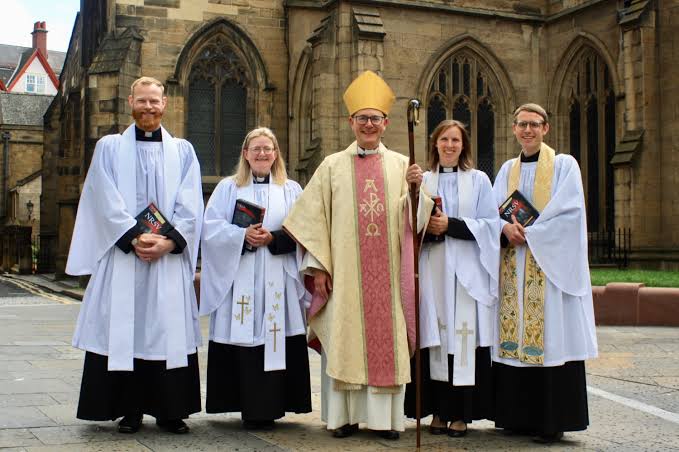
Q2. Who were known as vassals in the feudal system?
A) Church officials
B) Merchants
C) Lords under a king✅
D) Serfs
Q3. The term ‘feudalism’ is derived from the word:
A) Field
B) Fief✅
C) Farm
D) Feud
Q4. What was the role of the Second Order?
A) To fight and protect✅
B) To trade
C) To preach religion
D) To till the land
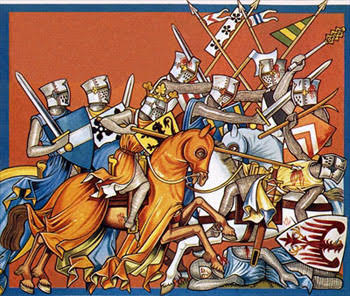
Q5. The land granted to vassals by their lord was known as:
A) Manor
B) Fief✅
C) Parish
D) Tithe
Q 6.What is the meaning of the term ‘serf’?
A) A free peasant
B) A bonded agricultural labourer✅
C) A member of the clergy
D) A noble
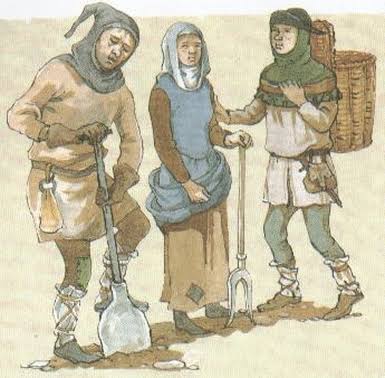
Q7. Which new agricultural practice increased productivity in medieval Europe?
A) Three-field system✅
B) Slash-and-burn
C) Terrace farming
D) Two-field system
Q8. What was Tithe?
A) Tax paid to the king
B) Tax paid to the Church✅
C) Toll tax
D) War tax
Q9. What was a manor in medieval Europe?
A) A city
B) A self-sufficient estate✅
C) A church
D) A village fair
Q10. Which of the following statements is true about the clergy?
A) They fought wars
B) They prayed and preached religion✅
C) They paid taxes
D) They were commoners
Q11. Which among the following was NOT a duty of the peasantry?
A) Farming
B) Paying dues
C) Preaching religion✅
D) Labour service
Q12.The increase in food production led to:
A) Population growth✅
B) Decline of towns
C) End of monarchy
D) Rise of the clergy
Q13.The name of the tax collected by the Church was:
A) Taille
B) Tithe✅
C) Tariff
D) Toll
Q 14. Who lived in monasteries?
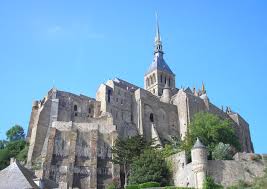
A) Monks ✅
B) Lords
C) Serfs
D) Merchants
Q15. Guilds were associations of:
A) Nobles
B) Craftsmen and merchants✅
C) Monks
D) Farmers
Q16. Who among the following granted fiefs?
A) Lords ✅
B) Serfs
C) Peasants
D) Priests
Q17. What was a vassal’s main obligation to his lord?
A) Tax payment
B) Military service ✅
C) Preaching
D) Farming
Q18. Which group gained power due to the growth of towns?
A) Clergy B) Merchants ✅
C) Nobility
D) Serfs
Q19. What led to the decline of feudalism?
A) Rise of Church
B) Growth of towns and trade ✅
C) Rise of serfs
D) Agricultural decline
Q20. In return for protection, the peasants gave the lords:
A) Labour and crops ✅
B) Weapons
C) Land
D) Soldiers
Q21. The peasants in medieval Europe were mostly:
A) Vassals
B) Serfs ✅
C) Nobles
D) Bishops
Q22. Which order in medieval society was responsible for warfare?
A) Clergy
B) Nobility ✅
C) Peasants
D) Friars
Q23. Who was the head of the Church in medieval Europe?
A) Pope ✅
B) Emperor
C) Archbishop
D) Vassal
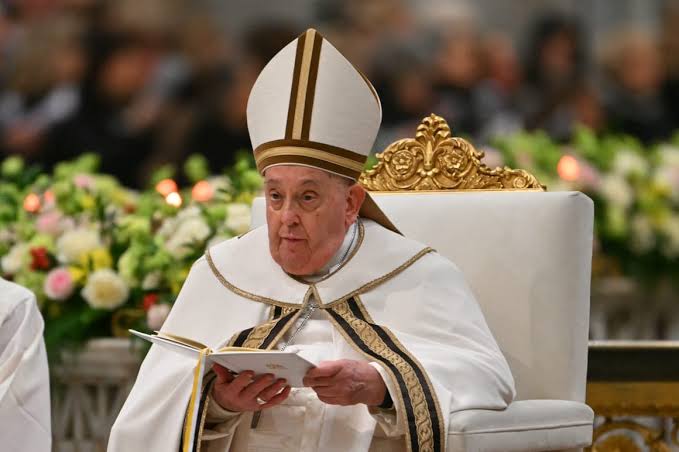
Q24. What was the main function of a friar?
A) Preach and help the poor ✅
B) Rule over peasants
C) Trade goods
D) Collect taxes
Q25. What contributed to the growth of towns in medieval Europe?
A) Surplus agricultural production ✅
B) Increased wars
C) Decline of trade
D) Serf revolts
Q26. What is the term for a legally bound peasant?
A) Monk
B) Serf ✅
C) Vassal
D) Guild
Q27. Which of the following was NOT a feature of the manor system?
A) Lords owned land
B) Merchants controlled villages ✅
C) Peasants worked the land
D) Manor was self-sufficient
Q28. What was Taille?
A) Church tax
B) King’s tax on peasants ✅
C) Guild fee
D) Market toll
Q29. What did guilds regulate?
A) Feudal hierarchy
B) Trade and production quality ✅
C) Monasteries
D) Church sermons
Q30. What did the term ‘estate’ refer to in medieval society?
A) Property only
B) Social class ✅
C) Agricultural tools
D) Taxes
Q31. The foundation of feudalism was based on:
A) Land ownership and obligations ✅
B) Trade expansion
C) Religious conversion
D) Slave labor
Q32. The clergy received income mainly through:
A) Tithes ✅
B) Feudal dues
C) Sale of land
D) Inheritance
Q33. The main feature of the feudal system was:
A) Decentralized political authority ✅
B) Centralized kingship
C) Democracy
D) Rule of commoners
Q34. The agricultural revolution in medieval Europe began around:
A) 8th century
B) 11th century ✅
C) 15th century
D) 5th century
Q35. Which of the following was not a cause of population growth in medieval Europe?
A) Epidemics ✅
B) New farming methods
C) Increase in food supply
D) Use of better ploughs
Q36. Who maintained law and order in a manor?
A) Clergy
B) Lords ✅
C) Merchants
D) Guilds
Q37. What does the term ‘Black Death’ refer to?
A) A drought
B) A rebellion
C) A deadly plague ✅
D) A war
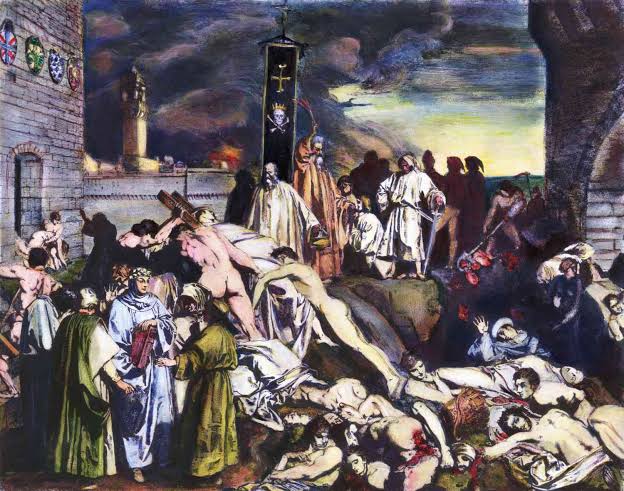
Q38. Which tool improved farming efficiency in medieval Europe?
A) Heavy iron plough ✅
B) Wooden sickle
C) Axe
D) Stone hammer
Q39. What did serfs give in return for using land?
A) Labour, part of produce, and dues ✅
B) Land
C) Military support
D) Nothing
Q40. What major shift occurred in the 13th century in Europe?
A) Growth of towns and urban economy ✅
B) Decline of Church
C) Abolition of land tax
D) Rise of Muslim rule
https://youtu.be/e2W6qEzp6io?si=OA16aCas5mi7slef
Q41. The medieval social system was primarily based on:
A) Trade and commerce
B) Land and hierarchy ✅
C) Industrial production
D) Market economy
Q42. Who were known as ‘laymen’?
A) Ordinary people who were not clergy ✅
B) Priests
C) Soldiers
D) Serfs
Q43. A monastery refers to:
A) Residence of monks ✅
B) Military camp
C) Town center
D) Royal palace
Q44. The three orders were:
A) Clergy, Nobility, and Peasants ✅
B) Pope, King, and Merchants
C) Guilds, Serfs, and Priests
D) Lords, Vassals, and Kings
Q45. Which of these statements is true?
A) Each order had a defined role in society✅
B) Nobility paid taxes
C) Serfs ruled towns
D) Clergy were not respected
Q46. What happened to feudalism by the 15th century?
A) Strengthened
B) Gradually declined ✅
C) Spread worldwide
D) Became centralized
Q47. Which innovation reduced manual labour?
A) Use of shoulder harness ✅
B) Stone tools
C) Water clocks
D) Wind maps
Q48. The head of a manor was called:
A) Guild master
B) Lord ✅
C) Bishop
D) Friar
Q49. Serfs were expected to:
A) Work without wages and obey their lord✅
B) Run businesses
C) Preach religion
D) Become knights
Q50. Which of the following orders was involved in manual work?
A) Nobility
B) Clergy
C) Peasants ✅ D) Lords
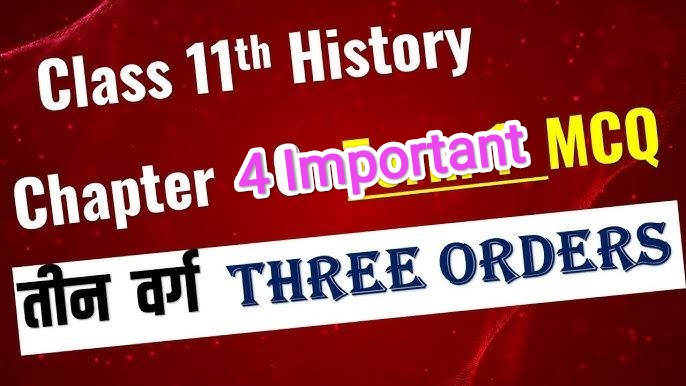

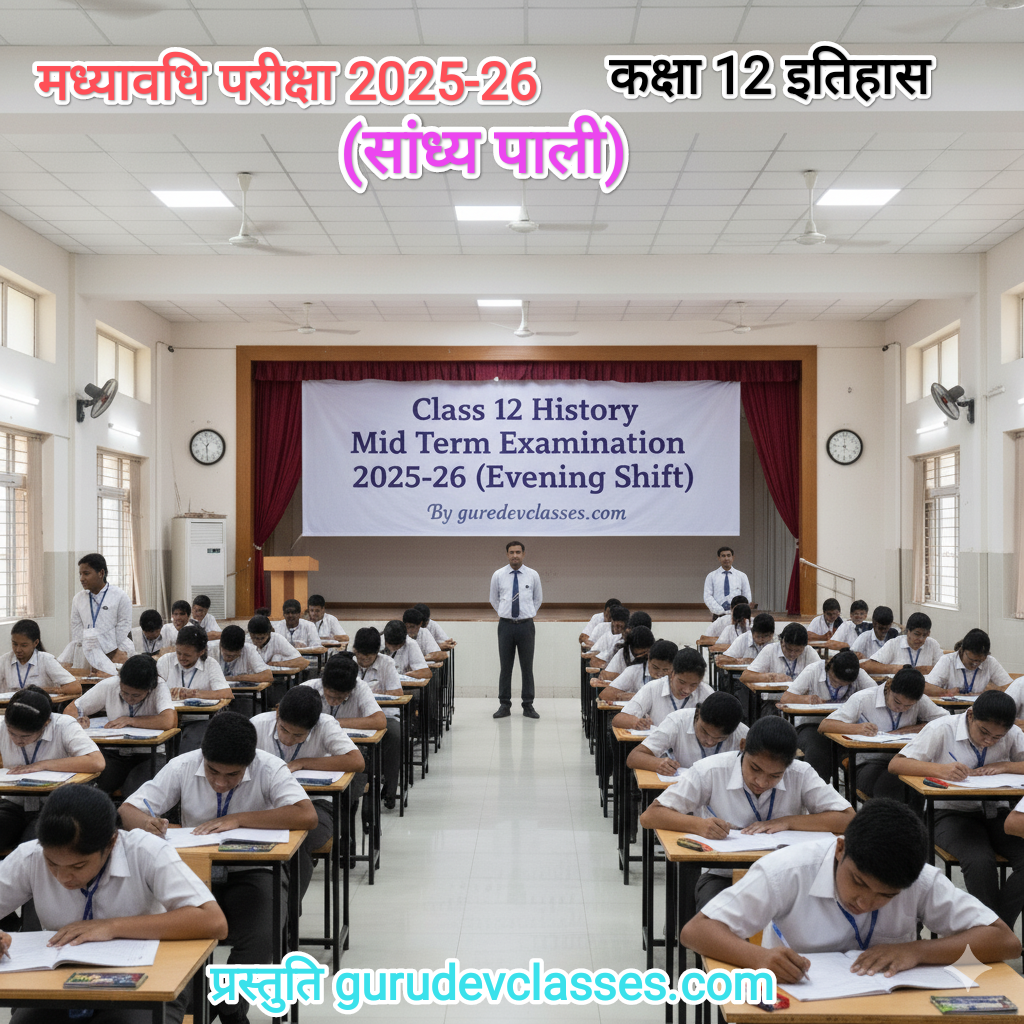

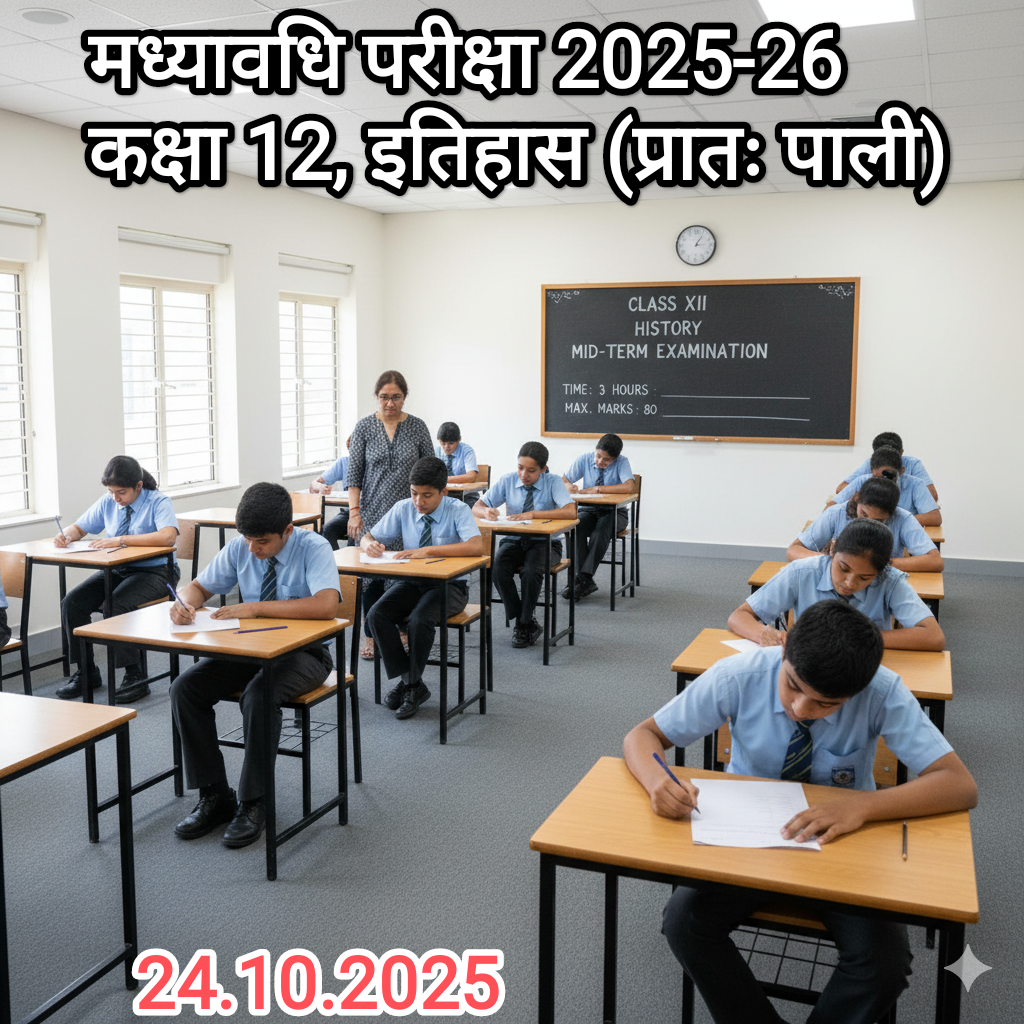
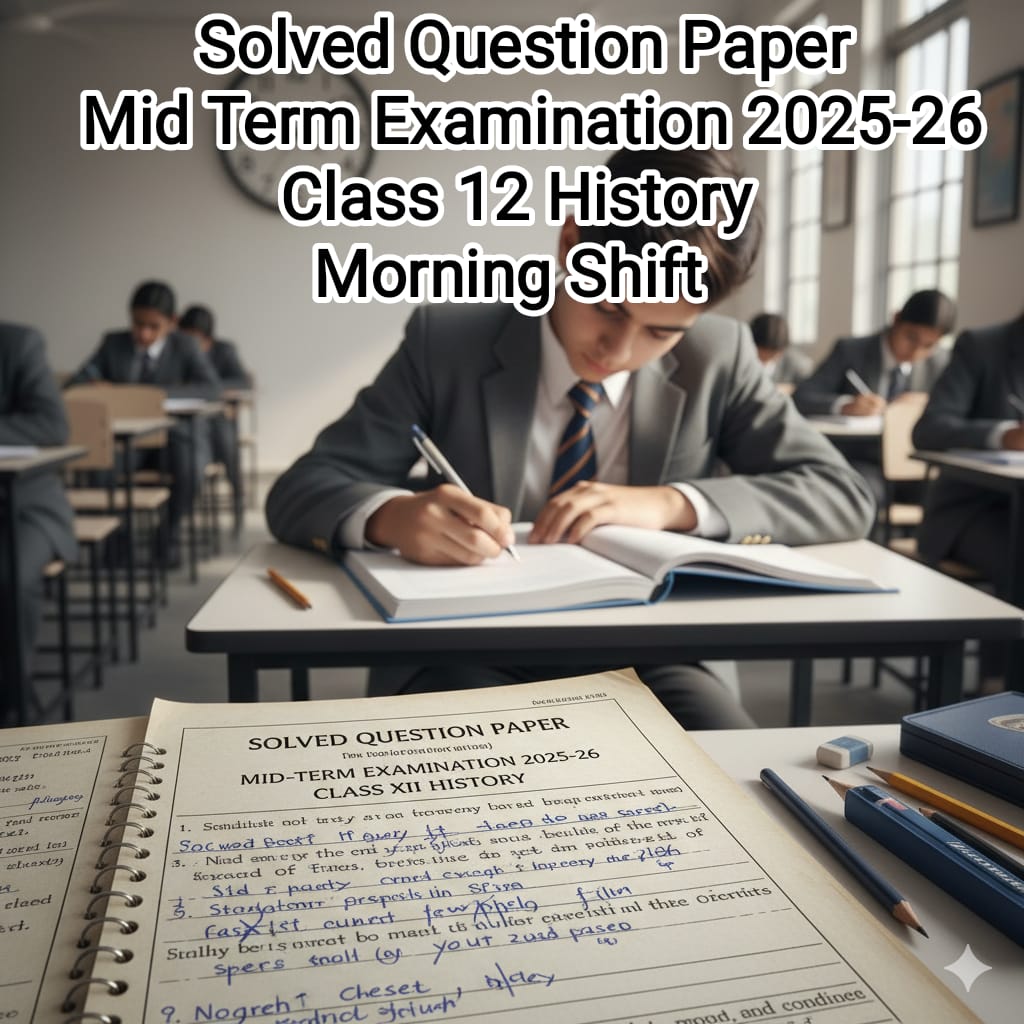


Question ka level badana chahiye